
13th edition of Refashion Innovation Challenge
Refashion's Innovation Challenge is back for its 13th edition! Find out more about the call for R&D projects and how to apply!

Refashion's Innovation Challenge is back for its 13th edition! Find out more about the call for R&D projects and how to apply!
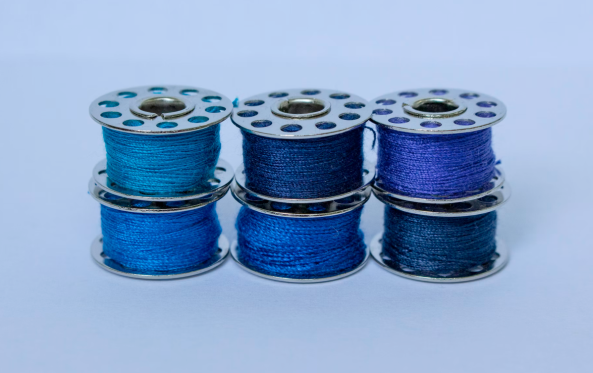
Pour la 2ème édition de son appel à projets annuel dédié au réemploi, Refashion soutient 35 projets en France métropolitaine et à La Réunion.|Pour la 2ème édition de son appel à projets annuel dédié au réemploi, Refashion soutient 35 projets en France métropolitaine et à La Réunion.
Ennobling is part of the textile and footwear item production phase. It consists in giving new characteristics to products thanks to various processes.
Ennobling can occur on a fibre, a thread, a fabric (material, knitwear, non-woven fabric, leather) as well as on a finished product. The first part of the ennobling process consists in preparing the material : washing, bleaching, degreasing (of wool for example, to remove animal greases), desizing (to remove the sizing agents used during spinning processes) … Once the material is prepared, the ennobling process will depend on the feel, aspect and properties we want to give the product. These operations can consist in colouring products, namely thanks to dyeing or printing processes. Numerous chemical and mechanical finishes exist in order to modify the appearance, the surface, the feel or the properties of products.
Ennobling processes are therefore numerous, given the quantity of finishings that exist. Nevertheless, these processes have a serious impact on the environment as well as on the health of workers: water consumption, use of chemical products, health risks…
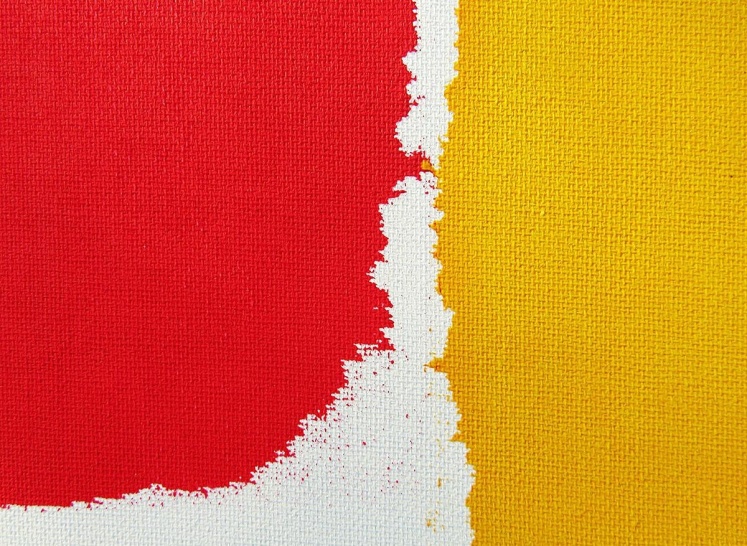
Dyeing can be discontinuous (on fibres, threads and fabrics) or continuous (only on fabrics). The choice of the dyeing process depends on the type of item (composition), the type of dye, the material available…
In addition to the dye, numerous dyeing auxiliaries (fixing agents, dispersing agents, salts…) are used to optimise the processes. Consequently, numerous parameters need to be taken into account if we want to orient ourselves towards more environmentally-friendly dyeing processes..
Source : Eco-conception des produits textiles-habillement - WWF
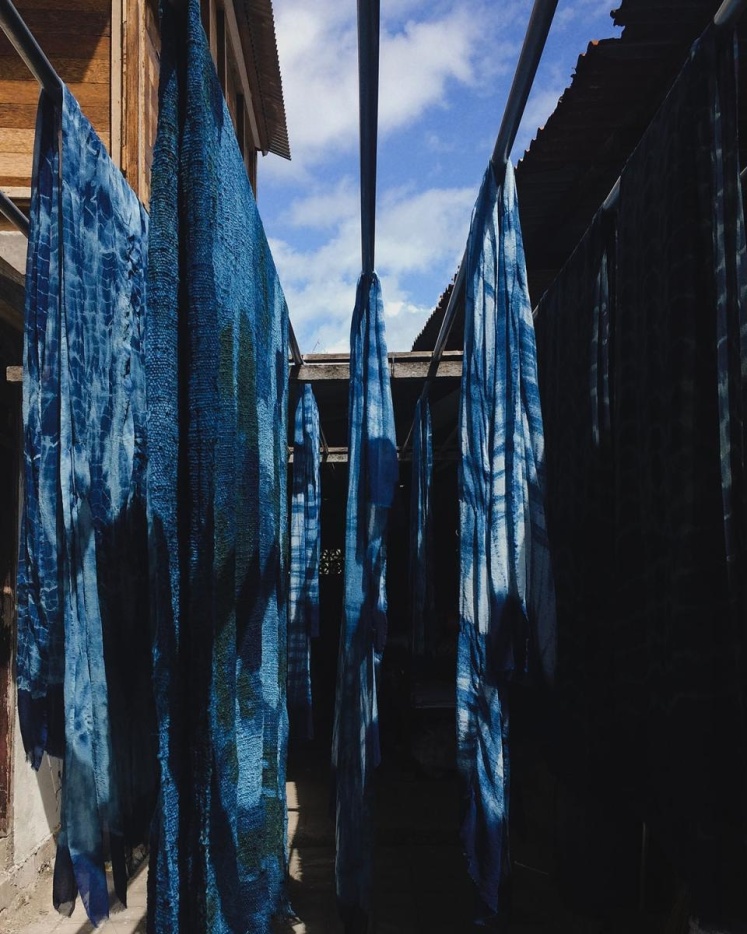
In order to reduce the pollution of water by dyes, it is possible to opt for organically sourced dyes. These dyes can be of vegetal (plants, flowers, fruits, grasses, barks, spices) or animal origin (cochineal, shell…).
Natural dyeing
Natural dyeing is an ancestral and relatively small-scale practice. Nevertheless, certain dyers are developing techniques in order to industrialise this practice. It's the case of Archroma, the world dyeing market leader, which has patented the EarthColors. method which creates a range of dyes from inedible agricultural waste such as walnut shells, bitter oranges, the cotton plant, beetroot waste…
Dry dyeing
This dyeing process is namely possible on garnetted recycled fibres following sorting according to colour and a spectrometric analysis. The precise dosing of garnetted fibres enables the desired colour to be achieved, limiting the use of chemical compounds.
Digital dyeing
This process dyes the core of fibres thanks to a laser which enables water consumption and chemical products to be avoided. This technology is namely proposed by Twine.

Les apprêts sont une série d’opérations que subissent les textiles en fin de fabrication et qui ont pour but de modifier l’apparence, la surface, le toucher ou les propriétés des textiles.
De manière générale, les apprêts chimiques consistent à déposer un produit sur la matière textile afin de modifier ses propriétés. Pour déposer les produits sur la matière textile, deux techniques sont employées : le foulardage et l’enduction.
Lors du foulardage, le textile est trempé dans un bain contenant le produit d’apprêt. La matière passe ensuite entre plusieurs rouleaux pour favoriser l’imprégnation et retirer le surplus de produit.
L’enduction consiste à venir déposer le produit directement sur la matière puis retirer le surplus grâce à une racle. Ce procédé est employé pour les traitements mono-face.
Exemples d’apprêts chimiques : matage (diminue la brillance), glaçage (apporte de la brillance), ignifugation (anti-feu), hydrofugation (repousse l’eau), oléofugation (repousse l’huile), antitaches, infeutrable…
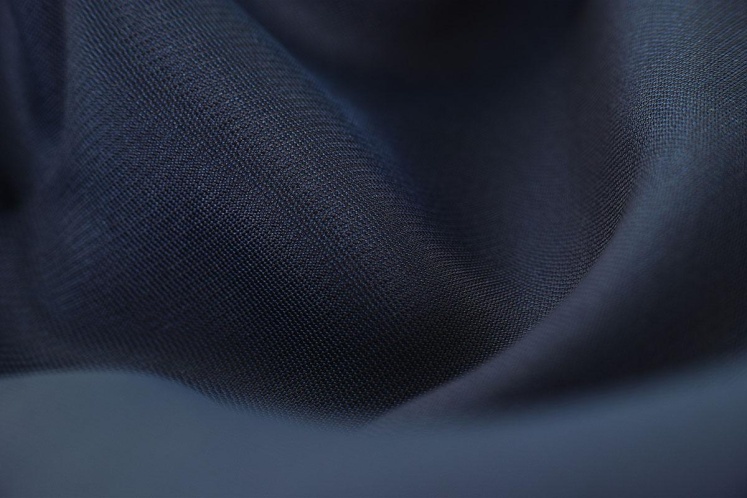
Les apprêts mécaniques modifient les fibres textiles par le biais d’une action mécanique ou thermique. Les matières textiles sont passées dans des cylindres chauffants, gravés ou recouverts de brosse… afin de leur donner un nouveau toucher et un nouveau visuel.
Exemples d’apprêts mécaniques :
Émerisage : apporte un toucher « peau de pêche » grâce à des cylindres recouverts de papier émeri (papier à poncer) ;
Calandrage : affine la matière en la passant entre deux cylindres chauffés ;
Gaufrage et cloquage : donne du relief aux matières grâce à des cylindres gravés ;
Grattage ou foulage : arrache les fibres en surface pour modifier l’épaisseur et donner du moelleux aux matières ;
Froissage : matière froissée puis fixée.
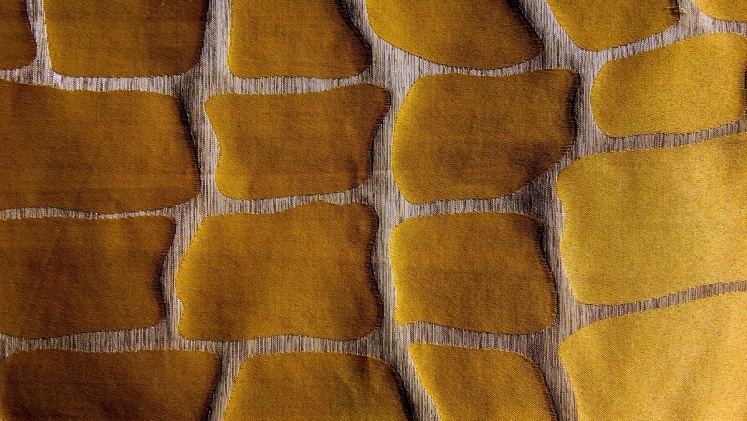
Dans une démarche d’éco-conception il est préférable de privilégier les apprêts mécaniques aux apprêts chimiques. En effet, cela permet de réduire les produits chimiques utilisés pour l’apprêtage qui peuvent être nocifs pour l’environnement et la santé. De plus, les apprêts chimiques, et notamment les enductions, peuvent constituer un frein au recyclage lors de la fin de vie des produits. Les enductions sont susceptibles de détériorer les outils de recyclage et créer des impuretés dans les matières recyclées. Il en est de même pour les encapsulations.
Among these processes, sanding enables jeans to be bleached thanks to high-pressure sand pulverisation. Silica dust can enter the body making workers susceptible to developing silicosis (pulmonary illness).
New jean bleaching technologies are emerging and permit resorting to practices such as sanding to be avoided. Furthermore, sand is a non-renewable material which is starting to become scarce. These practices enable energy and water consumption to be reduced:
Laser engraving permits the fabric surface to be bleached.
Ozone bleaching exposes damp jeans to ozone in order to oxidise the fabric.
Source : Le revers de mon look - ADEME